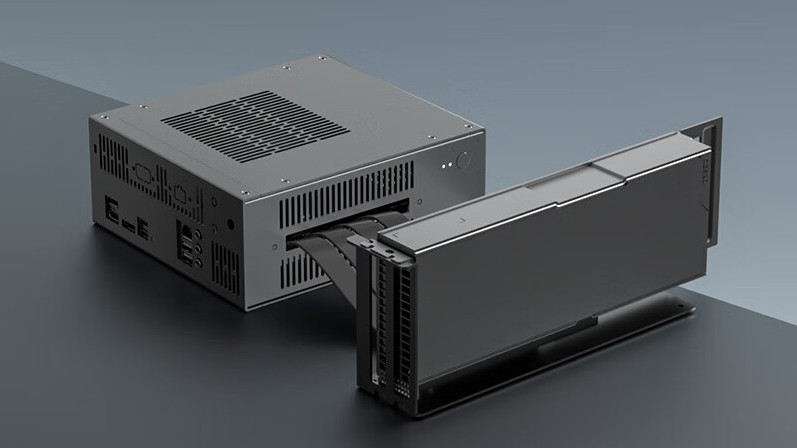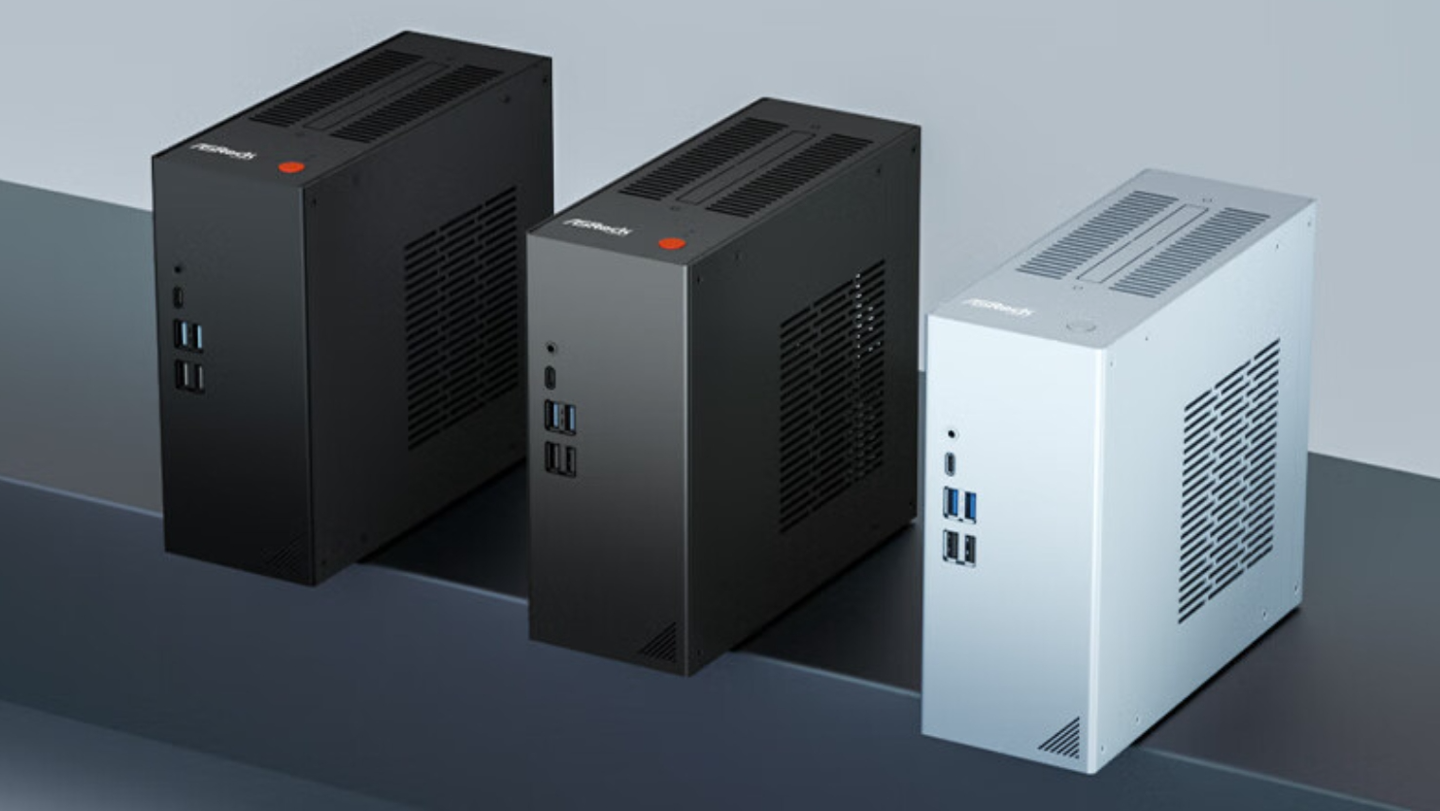
ASRock's new DeskMate X600 Mini PC, for sale at Chinese retailer JD.com [h/t ITHome.com], rounds out the existing ASRock Mini PC lineup. It also comes with some interesting if questionable design decisions. We'll dive into that in a little bit, but the barebones kit includes just the case and a CPU cooler, starting at roughly $193 USD. A fully-specced version with a Ryzen 7 8700G will cost around $635 USD.

ASRock DeskMate X600 Mini PC core specifications
- Motherboard Chipset: AMD X600
- Motherboard Socket: Supports AM5 Ryzen 7000- and 8000-series CPUs up to 65W
- CPU Cooler: Includes low-profile 64mm CPU cooler
- Display I/O: 2 DisplayPort 1.4 ports, 1 HDMI 2.1 port
- Front I/O: 2 USB 3.2 ports, 2 USB 2.0 ports, 1 USB Type-C port, 1 Audio Port
- Rear I/O: 2 USB 3.2 ports, 2 USB 2.0 ports, 1 2.5G Ethernet Port
- Supported RAM: Up to 7200 MT/s and 192GB of DDR5 RAM, four slots
- Storage Options: Two NVMe slots (Gen 3 and Gen 4), one 2.5-inch mount for SATA
- Wireless Support: Optional Wi-Fi (depends on config)
- Dimensions: 195 x 85 x 215 mm (roughly 3.5 liters)
- Default OS: Not Listed, most likely Windows 11
- Shell Colors: Obsidian Black, Starry Gray, and Moonlight Silver
With the basics of the ASRock DeskMate X600 established, let's focus on that top-mounted PCIe slot. Unlike the CWWK Magic Computer, the top-mounted PCIe slot here is intended for use with a PCIe riser cable and supports a separate full-bandwidth graphics card... but exactly how you're expected to dock and power that external GPU isn't quite clear. The DIY potential of powering a GPU with a separate PSU is always there, but then you'd need to short the power pins and that's not exactly an elegant solution.
And all of this beliest the fact that you'd then have a second PSU that might be as large as the Mini PC, plus cables, plus the honking RTX 4090 or whatever you want to stuff into the provided slot. That's a lot of extra desk space for a "Mini PC" that seems to defeat the point of having a small system in the first place.
Regardless, the maximum CPU spec that is a 65W TDP on socket AM5, which locks in the Ryzen 7 8700G as the best option right now, even if you plan on using an external GPU. Fortunately, the Ryzen 7 8700G is no slouch in either iGPU or discrete GPU performance, but once again, the intended eGPU use case here raises a lot of eyebrows. Of course, being socket AM5, we'd also expect the system to eventually get support for the upcoming AMD Zen 5 Ryzen 9000-series processors.
ASRock's advertising is correct in that a proper PCIe 4.0 x16 link to an external GPU will provide far better performance than Thunderbolt or even OCuLink, but this design decision unfortunately introduces plenty of its own problems. There aren't exactly any PCIe riser cable-compatible eGPU docking stations, and if you're going to have a bulky high-end graphics card, you'd probably want it properly supported and shielded from damage. A look at that top image makes us think it would be quite easy to accidentally knock over the GPU while the system is powered on, which could be a recipe for disaster.







